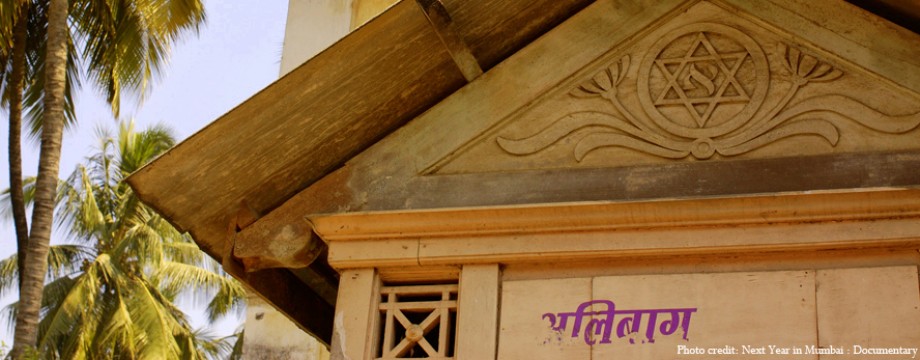
The history of the Jews in India is divided into three historical Jewish communities, each with a population of 6,000 people (1997) and located in a distinct geographical area: the community of Cochin in the south of the subcontinent, the Bene Israel in the vicinity of Bombay, and the Baghdadi community (“those of Baghdad”) around Calcutta and Bombay. Cochin’s Jewish community is separated into two groups: older “black Jews” and more contemporary “white Jews.”
The black Jews of Cochin and the Bene Israel are the two oldest communities, and while records of their history are sparse, their settlement on India’s west coast, following trade routes from the Middle East, maybe dated back to the first millennium of the Christian era. These two villages have stayed distinct throughout their history and until the seventeenth century, with no touch with one another. Contacts with the rest of the Jewish world were similarly shaky, particularly for the Bene Israel of Bombay as opposed to the Jews of Cochin, who maintained some ties to the outside world. The “white Jews” of Cochin, of Middle Eastern and European ancestry, and the Baghdadi Jews, of Middle Eastern ancestry, have a more recent origin, linked to Western expansion in the region: the XVIth and XVIIth centuries for the “white Jews” of Cochin, of Middle Eastern and European ancestry, and the beginning of the XIXth century for Baghdadi, of Middle Eastern ancestry. These two organizations were always in touch with the rest of the Jewish world.
